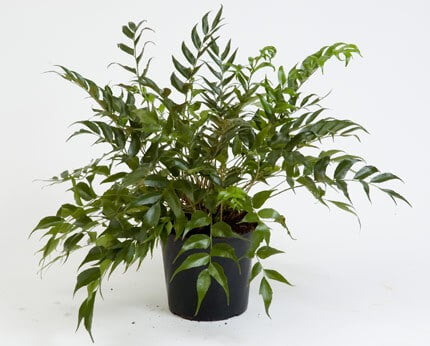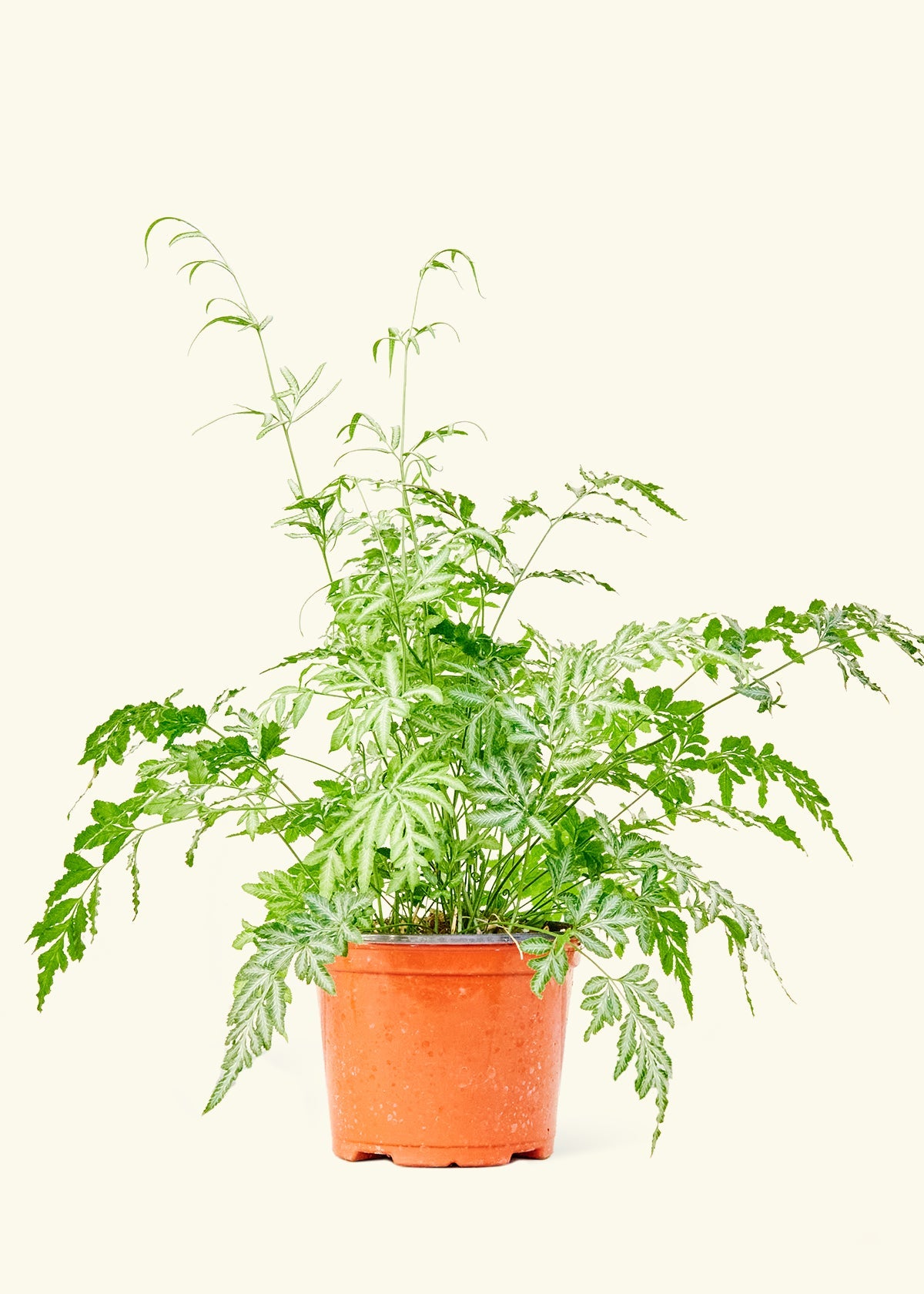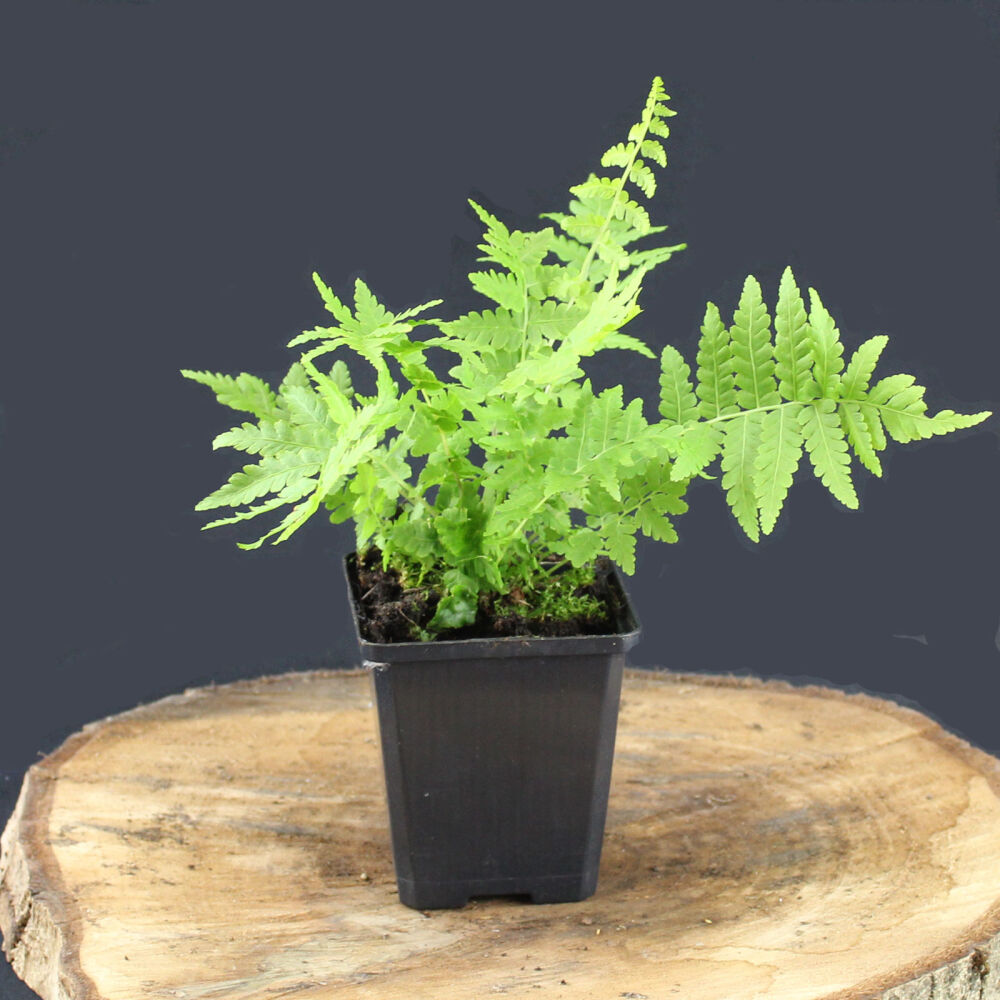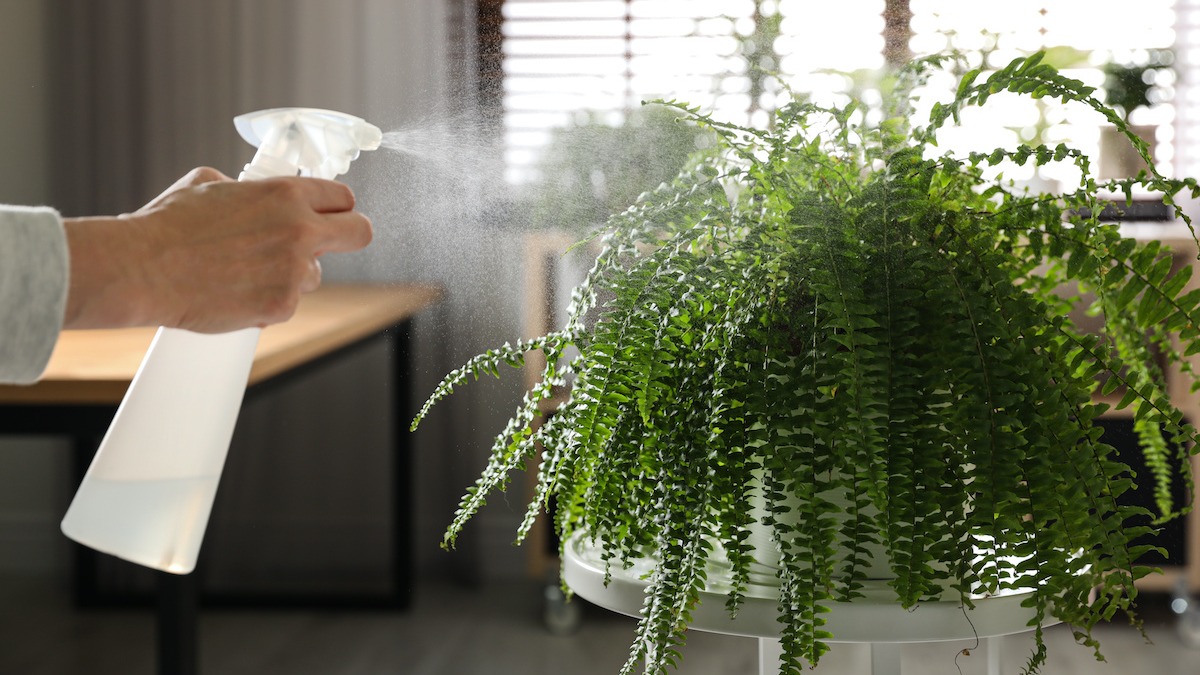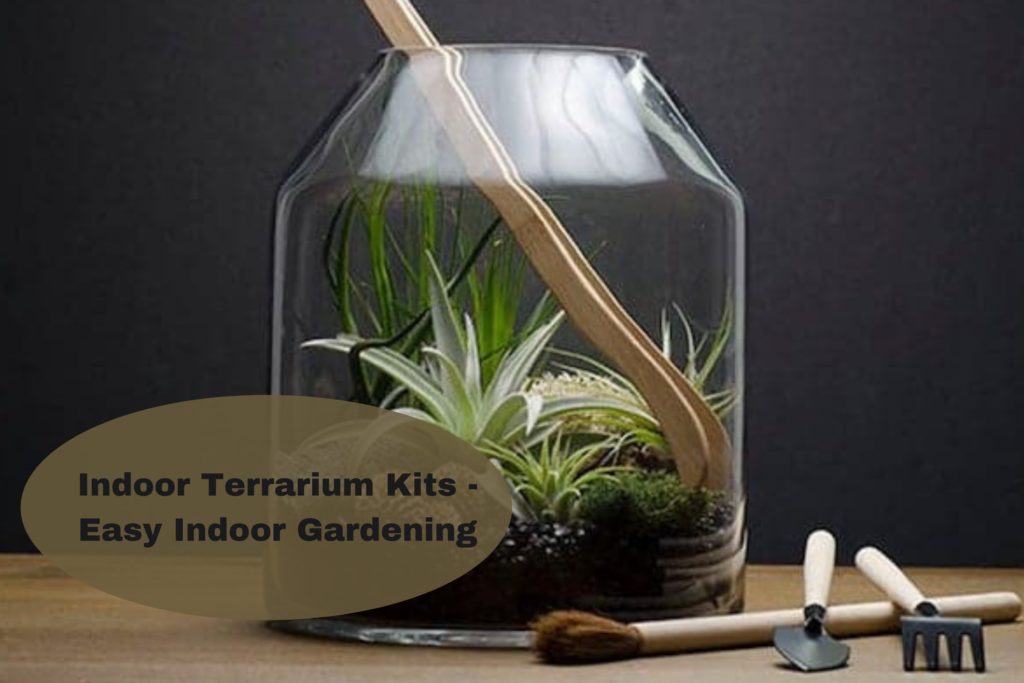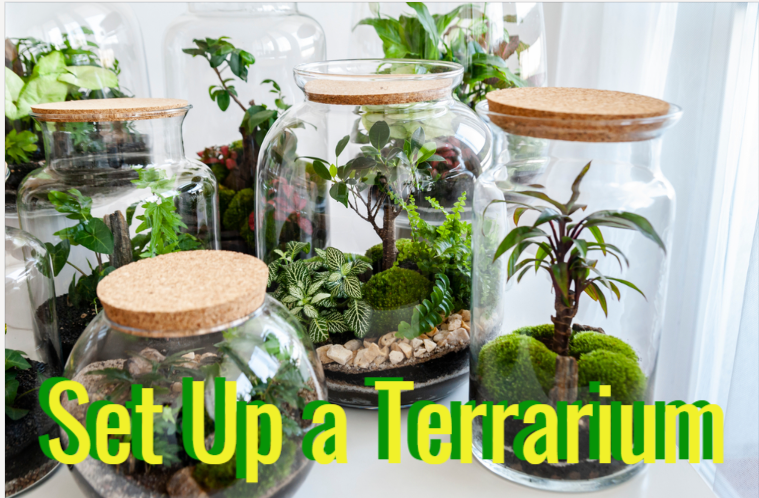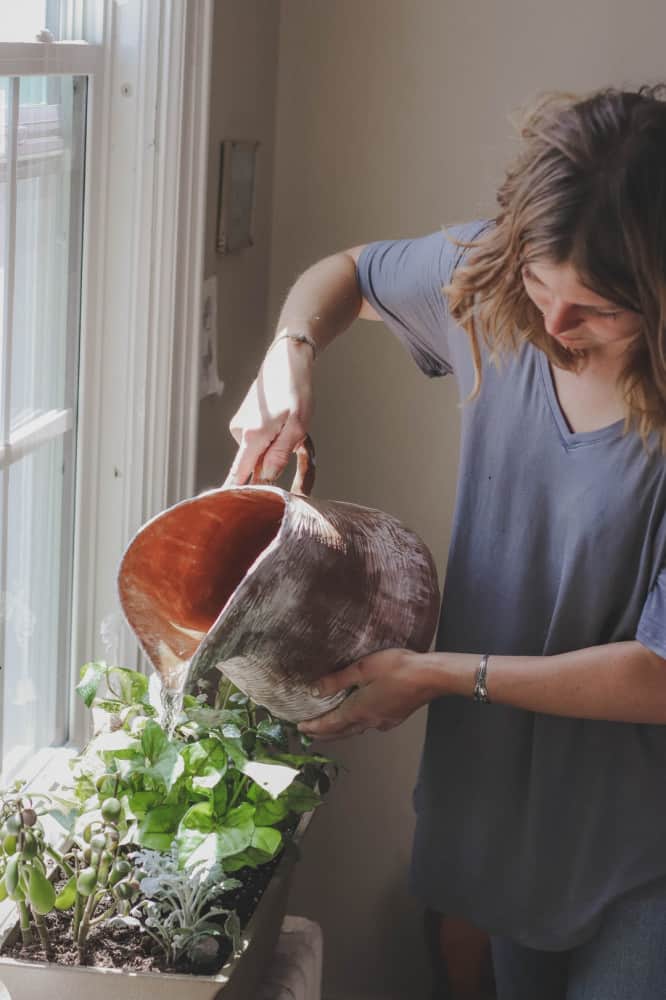HousePlantJoy is supported by our audience. When you purchase through one of our links, we may earn a small affiliate commission. As an Amazon Associate I earn from qualifying purchases. Your cost is not affected.
==================
Embracing the gardening world requires a keen eye and diligent care, especially when nurturing plants. The allure of easy care plants is rooted in their resilience and the joy they bring even to novice green thumbs. Easy-care fern plants stand out among the options due to their striking visual appeal and relative simplicity.
With these ferns, transforming your indoor spaces with plants that require minimal sun exposure and care becomes an achievable goal. The golden rule is consistent care, not constant care. Brighten your interiors with ferns and enjoy the natural beauty they bring.
Whether you’re an avid plant lover seeking to expand your houseplant collection or a beginner embarking on your green journey, these easy-care fern plants are the perfect companions. This blog is your guide, spotlighting the key considerations in selecting, growing, and caring for these botanical gems.
Easy care fern plants, including bird’s nest fern, rabbit’s foot fern, and Boston fern, possess a charm that infuses our living spaces with natural beauty. These plants are renowned for their adaptability, making them ideal additions to any indoor garden.
Adaptability to Different Light Conditions
Ferns are incredibly adaptable when it comes to light conditions. This trait enables them to thrive indoors, where light requirements vary significantly.
- Low Light Tolerance: Many ferns, including the bird’s nest and maidenhair fern, can tolerate low light conditions. They’re perfect for areas of your home that don’t receive direct sunlight. Their bright green fronds add a vibrant touch even in dimly lit corners.
- Indirect Light Preferences: Most ferns, including the famous Boston and Australian sword ferns, prefer bright indirect light. Direct sunlight can lead to brown tips on the leaves, while bright indirect light helps them maintain their lush, dark green foliage.
Watering Requirements
I would like to let you know that understanding the watering needs of your easy-care fern plants is essential in ensuring their good health and attractive appearance.
- Moisture-Loving Plants: Ferns generally love moisture. Whether it’s the feathery fronds of the Japanese-painted fern or the leathery fronds of the kangaroo paw fern, they all appreciate a moist environment. This can mean regular watering and misting, particularly in drier conditions.
- Ability to Withstand Occasional Drought: While ferns appreciate moisture, they can withstand the occasional dry spell. The button fern and silver lace fern are examples of ferns that are slightly more drought-resistant. They prefer well-draining soil that prevents their roots from staying overly damp.
Temperature Tolerance
Ferns are versatile in terms of the temperatures they can tolerate, but understanding their preferences can help optimize their growth.
- Ability to Thrive in Various Temperature Ranges: Ferns can survive in various conditions. For instance, the Maidenhair and Boston fern can tolerate temperatures from 60 to 75 degrees Fahrenheit. These ferns are ideal for indoor cultivation as they adapt well to typical room temperatures.
- Sensitivity to Extreme Temperatures: While hardy, ferns are not fans of extreme temperatures. Intense heat or cold can damage their fronds. It is always advisable to protect them from sudden temperature shifts, especially during winter months or heat waves.
You can ensure their successful cultivation by understanding easy-care fern plants’ adaptability, watering needs, and temperature preferences. The beauty of ferns is that they offer great variety, each with its unique appeal, but all share the exact easy-care nature. Whether you choose a bird’s nest fern, a Boston fern, or any other, you’re sure to enhance your indoor garden with its natural charm.
Popular Varieties of Easy Care Fern Plants
Easy care fern plants come in many forms and varieties, each offering its unique blend of charm and grace. Let’s explore some of the most popular types that make excellent indoor plants.
Bird’s Nest Fern
As its name suggests, the Bird’s Nest Fern has a unique growth pattern where the fronds grow in a nest-like shape. It’s a stunning species that can reach impressive sizes in its native habitat but remains manageable when grown indoors. This fern prefers indirect light and high humidity but is flexible and can tolerate various conditions.
Rabbit’s Foot Fern
The Rabbit’s Foot Fern stands out with its fuzzy, creeping rhizomes that resemble a rabbit’s foot. Thriving in partial sun to shade, it prefers well-drained soil, kept consistently moist but not waterlogged. Its arching fronds provide a feathery, delicate display, adding softness to any indoor environment.
Boston Fern
Boston Ferns are one of the most popular ferns to grow indoors, known for their lush fronds that beautifully arch and drape. This fern demands high humidity, indirect light, and regular watering, perfect for a bathroom or kitchen setting. They also make excellent additions to hanging baskets.
Maidenhair Fern
Maidenhair Ferns are characterized by their wiry, black stems and delicate, fan-shaped fronds. Though they may seem dainty, they’re pretty hardy and adaptable. They prefer indirect light, humid conditions, and slightly acidic, well-draining soil.
Australian Kimberly Queen Sword Fern
The Australian Sword Fern is an easy-care plant thriving indoors with its sword-shaped fronds and leathery texture. It needs well-drained soil, indirect light, and regular watering to maintain moisture.
Japanese Painted Fern
The Japanese Painted Fern brings an artistic touch to your collection, with fronds showcasing silver, green, and burgundy hues. It thrives in low to medium light, prefers well-drained soil, and benefits from consistent moisture.
Lemon Button Fern
The Lemon Button Fern, known for its small, round, bright green fronds, is an excellent addition to any indoor garden. This fern thrives in medium to bright indirect light and requires regular watering to moisten the soil.
Autumn Fern
With their changing colors resembling an autumn landscape, autumn ferns are attractive options. They thrive in low to medium light conditions and require well-drained, consistently moist soil.
Australian Tree Fern
The Australian Tree Fern is a dramatic addition to any indoor space. It has large, feathery fronds that can add a tropical feel to any room. These ferns require a lot of moisture, so keeping the soil moist and maintaining high humidity is essential.
Crocodile Fern
Crocodile Ferns are unique indoor plants, boasting dark green fronds with a texture similar to a crocodile’s skin. They thrive in lower light conditions and enjoy moist, well-drained soil and high humidity.
Golden Serpent Fern
Golden Serpent Ferns are striking specimens with feathery fronds and a unique, twisted growth habit. They prefer low to bright indirect light, well-draining soil, and should be kept moist through regular watering.
Kangaroo Paw Fern
With its bright green, leathery fronds that resemble a kangaroo’s paw, this fern adds a unique visual interest. It thrives in bright, indirect light and requires well-draining soil kept consistently moist.
Staghorn Fern
Staghorn Ferns, which often grow on tree bark in their natural habitat, have unique fronds resembling a stag’s horns. They require bright, indirect light and excellent air circulation and prefer being mounted rather than potted.
Asparagus Fern
Asparagus Ferns make great indoor hanging plants with their feathery, arching fronds and aggressive growth habit. They enjoy bright, indirect light and need their soil to dry out slightly between watering.
Japanese Holly Fern
The Holly Fern is a resilient option, notable for its dark green, glossy fronds. It’s adaptable to various light conditions and prefers consistently moist, well-drained soil.
Silver Lace Fern
Silver Lace Ferns are delicate and ornate, with their detailed fronds creating a lacy effect. These ferns need well-drained soil and prefer medium to bright indirect light conditions.
Ostrich Fern
The Ostrich Fern, named for its fronds resembling ostrich feathers, is a beautiful, upright plant that appreciates low to bright indirect light, moist soil, and a relaxed environment.
Easy Care Fern Planting and Care Guidelines
Successfully growing indoor ferns depends mainly on providing the proper care. While easy-care fern plants are less demanding than other species, a basic understanding of their needs ensures they remain bright green, vibrant, and healthy. Let’s explore the primary care considerations for these plants.
Choosing the Right Pot or Container
Selecting the proper pot or container is the first step in caring for your fern. A suitable container facilitates healthy growth, both above and below the soil.
- Ideal Size and Material: A pot that is too small can cramp the roots, while a pot that is too large can lead to overwatering. For most ferns, choose a pot roughly as deep as the plant’s root ball and slightly wider. Terracotta pots are remarkable for their porous nature, allowing roots to breathe and preventing waterlogging.
- Importance of Drainage: Drainage holes are crucial to prevent root rot. Excess water should be able to escape easily. Pair your pot with a saucer to prevent water overflow and protect your surfaces.
Soil Requirements
The type of soil you use can significantly impact the health of your fern. The suitable soil provides a blend of nutrients and promotes proper moisture retention.
- Well-Draining Soil Mixture: A well-draining potting mix helps ensure roots aren’t sitting in water, reducing the risk of root rot. Most ferns prefer a mixture that includes peat moss for its excellent water retention capabilities.
- Use of Organic Matter: Adding organic matter like compost or well-rotted manure can supply the nutrients these plants need to thrive. A slightly acidic pH is preferable for many ferns.
Watering Techniques
Understanding your fern’s watering needs helps prevent problems like brown tips or drooping fronds.
- Frequency and Amount of Water: Most ferns prefer consistently moist soil, not waterlogged. The watering frequency depends on the pot size, the type of soil, and the environment’s humidity levels. Watering when the top inch of the soil feels dry is a good rule of thumb.
- Avoiding Waterlogging: While ferns like moisture, they do not do well in soggy conditions. Ensure excess water can escape from the bottom of the pot. If the leaves turn yellow or the plant wilts despite regular watering, it might be a sign of overwatering.
Light Requirements
While sunlight is vital for photosynthesis, too much direct sunlight can harm ferns.
- Placement in Low to Medium Light Areas: Indoor ferns thrive in bright, indirect light. An east or north-facing window can be ideal. However, they can also tolerate low light conditions better than many houseplants.
- Protecting from Direct Sunlight: Most ferns prefer indirect or partial shade. Direct sunlight, especially in the afternoon, can scorch the leaves and dehydrate the plant.
Fertilization
While ferns aren’t heavy feeders, they benefit from regular feedings during the growing season.
- Suitable Fertilizers for Ferns: A balanced, water-soluble houseplant fertilizer works well. Alternatively, organic options like worm compost or fish emulsion can provide a slow-release source of nutrients.
- Frequency and Dosage: Fertilize ferns every 2-4 weeks during the growing season (spring and summer). Always follow the package directions to avoid over-fertilizing, which can lead to scorched fronds.
This video explores the easiest way to propagate ferns, pot the babies, and grow them into a dense plant.
Video Credit: @GeeksofGreen
Unleash the Green Magic: Embrace Easy Care Ferns for Home and Garden Delight
Easy care fern plants are vital to transforming your home and garden into vibrant, living landscapes. These beautiful plants effortlessly breathe life into any space with their unrivaled beauty and low-maintenance nature. Incorporating them into your surroundings is not just a choice. It’s an invitation to embark on a journey of botanical bliss.
Let the ferns take center stage in your indoor and outdoor displays, adorning hanging baskets and bringing life to shade gardens. They gracefully arch, their dark green fronds a testament to their striking beauty. Ferns are ready to thrive in your oasis with their ability to withstand various temperature ranges and their love for high humidity.
So, dear readers, unleash the green magic that easy care ferns offer. Explore their diverse species, learn their planting and care guidelines, and discover the joy of watching these magnificent plants flourish. Embrace their presence in your home and garden, and let them captivate you with their graceful allure. The world of ferns awaits, ready to bring enchantment and tranquility to your life.
Frequently Asked Questions
Why are easy-care plants important in gardening?
Easy-care plants are important in gardening because they offer an opportunity for individuals to enjoy the beauty and benefits of plants without the need for extensive care and maintenance. They are a convenient choice for busy individuals or those new to gardening.
What are the key characteristics of easy-care fern plants?
Easy-care fern plants typically have a tolerance for low light conditions, the ability to withstand occasional drought, and a preference for indirect light. They also thrive in well-drained soil and can adapt to various temperatures.
Are easy-care fern plants suitable for low-light conditions?
Yes, some easy-care fern plants are tolerant of low-light conditions. They can thrive in areas with little natural light, making them ideal choices for rooms with few windows or spaces with indirect lighting.
What are some common issues when caring for easy-care fern plants?
Common issues when caring for easy-care fern plants include overwatering, underwatering, and pest infestations. It is important to balance watering and regularly inspect the plants for signs of distress or pests.
How can easy-care fern plants be propagated?
Easy care fern plants can propagate through division or spore propagation. Division involves separating the plant into smaller sections, while spore propagation involves collecting and sowing the fern spores to grow new plants.
? Unleash the Joy of Houseplants: Follow us on Social Media for Green Inspiration! ?
Are you ready to dive into the wonderful world of houseplants and discover the joy they bring? Look no further! Houseplant Joy is your ultimate source of inspiration and knowledge for all things green and thriving. Join our growing community of plant lovers and follow us on our social media channels for captivating photos, expert tips, and engaging content that will ignite your passion for houseplants.
? Follow us on Facebook for daily updates, insightful articles, and lively discussions. Connect with fellow plant enthusiasts, share your experiences, and get valuable advice from our experienced team.
? Find us on Instagram for stunning visuals that will surprise you. From breathtaking plant arrangements to mesmerizing close-ups, our feed is a visual feast for the eyes. Follow us to stay up-to-date with the latest plant trends and get inspired by the creativity of our community.
? Dive into the world of houseplants on Pinterest. Explore our carefully curated boards filled with inspiration for every corner of your home. From stylish plant decor ideas to helpful care tips, you’ll find endless inspiration to transform your space into a lush oasis.
? Stay connected on Twitter, where we share quick tips and interesting facts and engage in lively conversations about the fascinating world of houseplants. Join the conversation, ask questions, and discover new plants to add to your collection.
? For those who prefer short and snappy videos, follow us on TikTok at @houseplantjoy. Get ready for entertaining and informative content that will make you laugh, learn, and appreciate the wonders of houseplants in bite-sized videos.
Let’s cultivate happiness together!



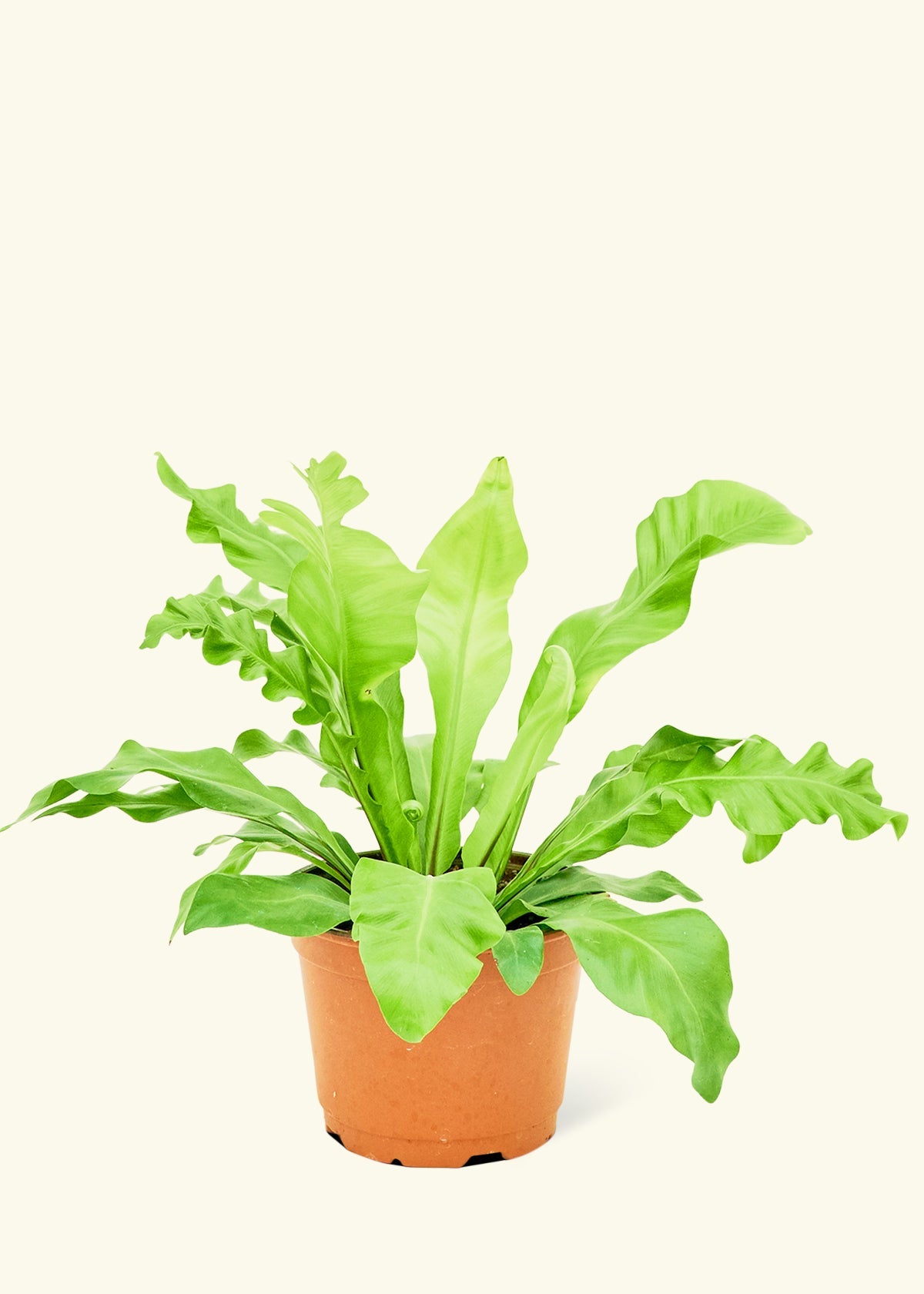
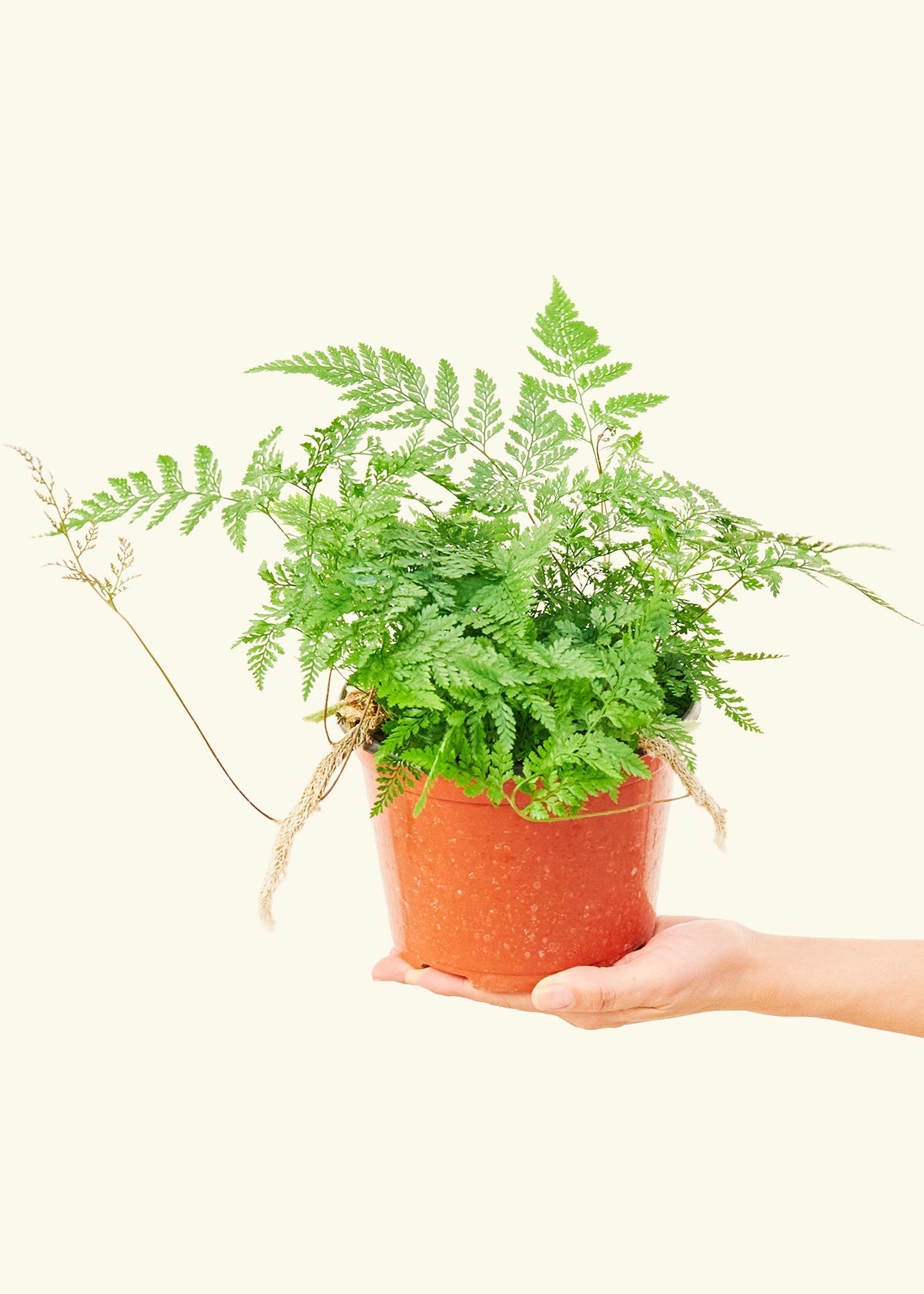


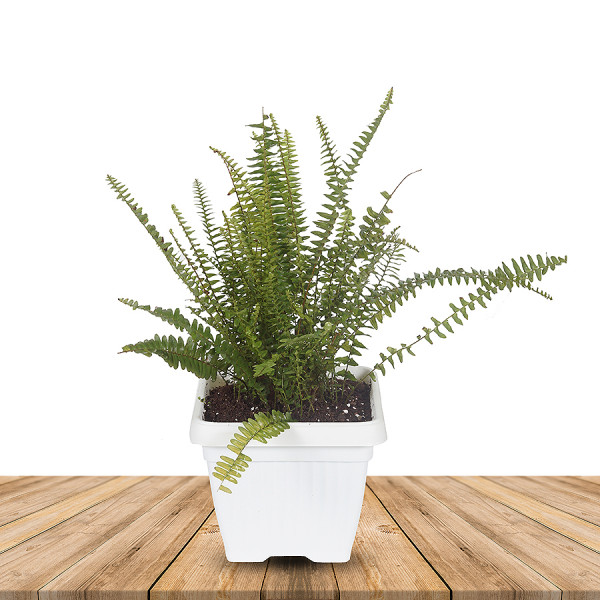






:strip_icc()/kangaroo-paw-fern-plant-care-d240071dc7684efaaf847a58a0327730.jpg)


